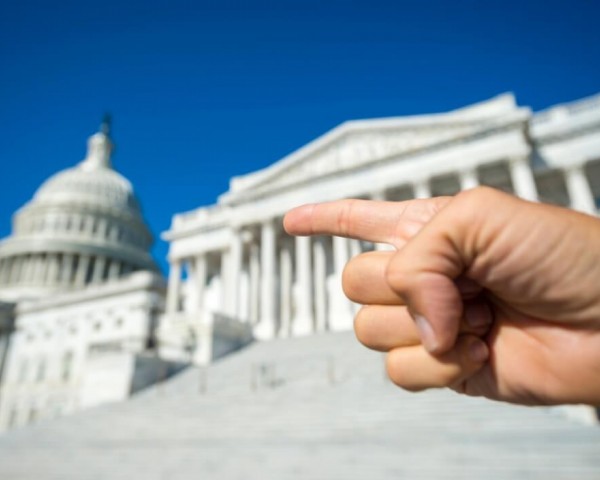A recent assessment from Mabrian, a travel intelligence platform, suggests that enthusiasm for the travel to the U.S. is waning somewhat in vital long-haul markets. This includes Europe, the Gulf Cooperation Council (GCC) countries, and even Australia.
Using their Search Share Index, which monitors worldwide flight search activity, the study reveals growing hesitation among travelers planning U.S. trips through September of 2025. Shorter booking windows coupled with exterior influences, for instance, tariff announcements, contribute to this trend, potentially jeopardizing the U.S.’s competitive standing as a global tourist hotspot.
A Dip in Demand
Millions of weekly flight searches between January and April 2025 were analyzed, and the results point to a year-over-year moderation in intent to travel to the U.S. from these markets. The European Union (EU 27), for example, showed a modest decrease of 0.3 percentage points in the Search Share Index, with the U.S. accounting for 5.5% of total flight searches from those countries at April’s close. Australia and the GCC countries, on the other hand, recorded more significant declines—both down 0.5 percentage points. The U.S. made up 1.7% of the flight searches from GCC countries (February to April), but overall demand was below 2024 levels. This may reflect a more cautious stance among travelers from the Gulf.
Interestingly, in Australia, travel intent lagged behind 2024 levels beginning in February, though late April brought signs of a recovery. The Search Share Index increased 0.3 percentage points to reach 3.5%—its first positive shift in ten weeks. While this hints at a possible rebound, analysts advise continued monitoring to confirm the trend.
Uncertainty Drives Shorter Booking Horizons
The data throws into sharp relief a rising trend of hesitation among long-haul travelers as they plan their trips. Uncertainty is growing in these long-haul markets during trip planning, especially when those plans are made well in advance. This has led to shorter booking windows; travelers are waiting to commit and are considering alternative destinations. This uncertainty, as well as external factors, like the U.S. tariff announcements back in April 2025 (following President Donald Trump’s inauguration in January), puts the U.S. at risk of losing ground, as travelers potentially choose destinations with more flexible booking policies or a feeling of stability. European demand, for instance, was notably dampened by these tariff changes, and it hasn’t yet returned to 2024 levels.
Regional Sensitivities
The analysis highlights the fact that tourism demand is quite sensitive across all source markets. Major European nations, such as Germany, France, and Italy, had Search Share Index averages around 4.7% at the end of April. That being said, Germany and Italy each experienced year-over-year declines that neared 1 percentage point, and France saw a drop of 0.5 percentage points. While the U.S. doesn’t top the list of preferred destinations for the GCC market, that market has shown a noticeable decline. For example, in the UAE, weekly searches dropped by an average of 0.75 percentage points, landing at 2.1% in April. Similarly, searches from Saudi Arabia for U.S. travel dropped by 0.3 percentage points to 0.9%.
Australia’s cautious approach seems to mirror worldwide trends, but the late-April uptick does offer some hope for recovery. Although moderate as a percentage, these variations represent quite meaningful shifts in traveler sentiment, according to the scale of the millions of searches being analyzed.
Implications for Travel to the U.S.
This dip in demand presents certain challenges for U.S. tourism, which depends in no small part on long-haul markets to bolster international arrivals. As travelers take a wait-and-see stance, it’s crucial that the U.S. address the perceptions of uncertainty (be they due to policy changes or overall global competition) to maintain its appeal. Destinations offering greater flexibility or a sense of stability could very well siphon off potential visitors. Consequently, the U.S. must enhance its marketing and connectivity strategies. The tourism sector in America stands at a crossroads, really. We’re seeing glimmers of hope, like in Australia, where folks are starting to travel a bit more. However, it’s going to be make-or-break time to see if the USA can get back on top, or if other places will become the go-to spots instead.

